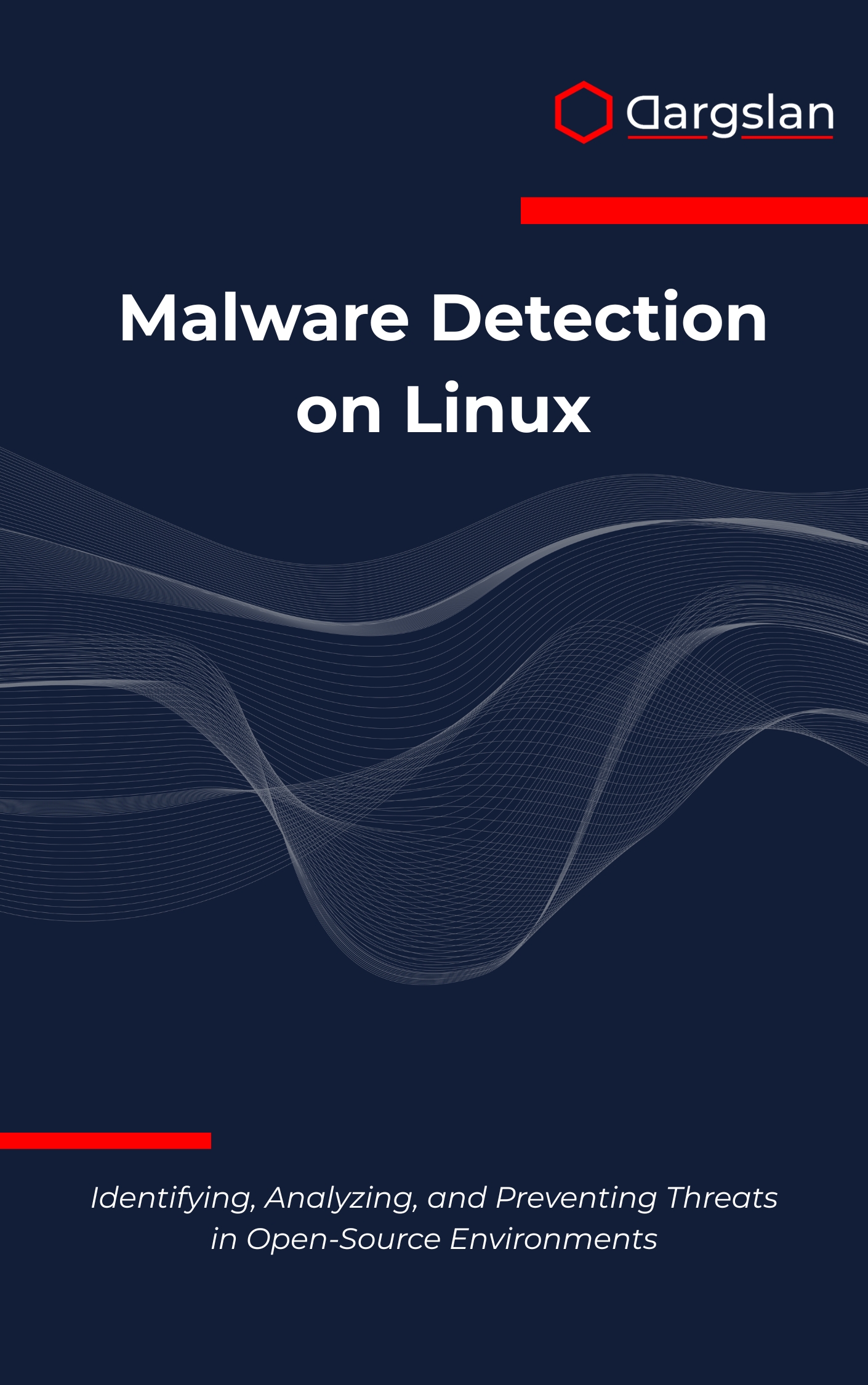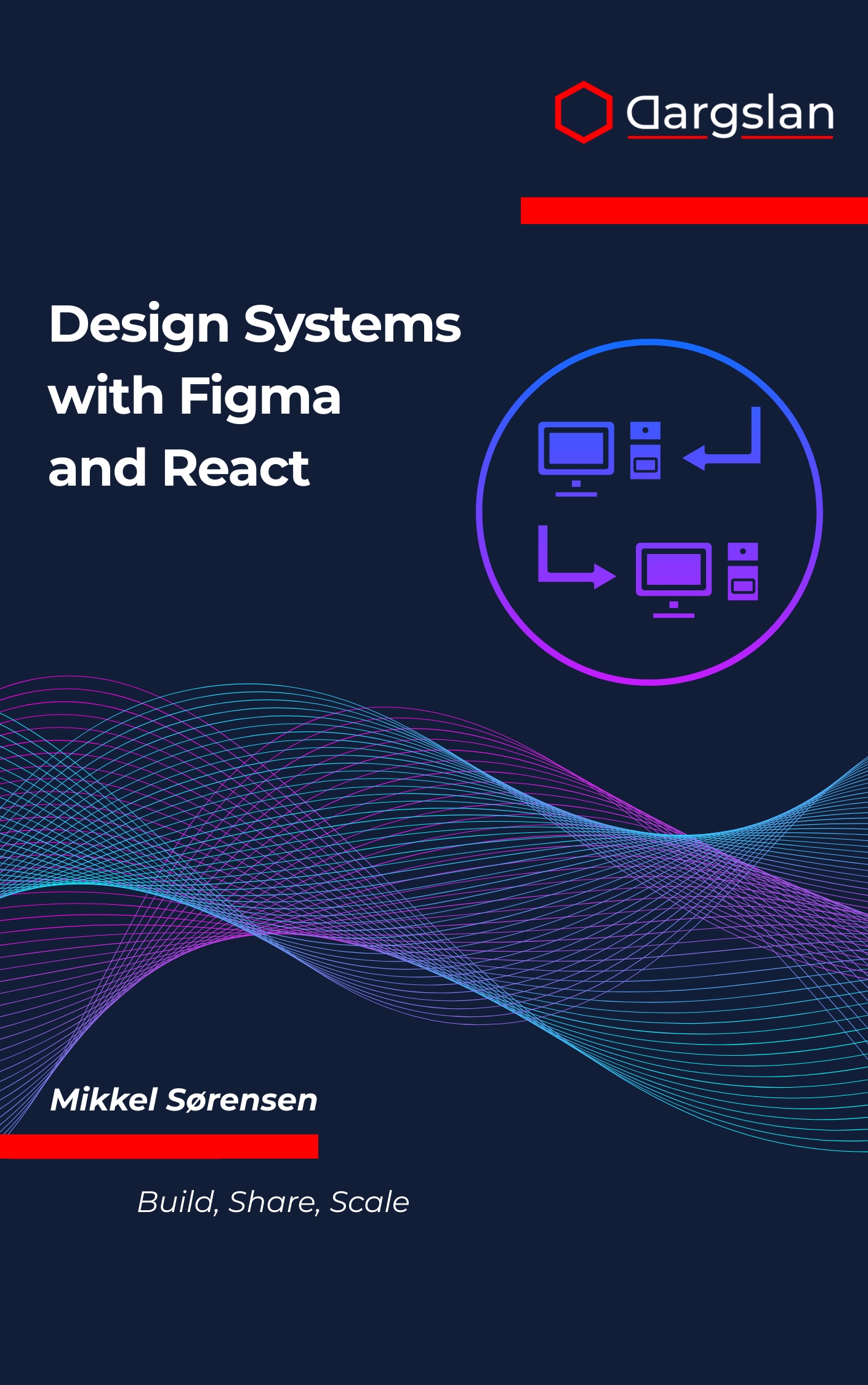Malware Detection on Linux
Malware Detection on Linux: Identifying, Analyzing, and Preventing Threats in Linux,Detect and prevent malware on Linux using advanced analysis and security tools.

Linux now powers everything from core enterprise workloads to cloud-native platforms and edge devices. With that growth comes a surge in targeted threats—and defenders need precision, not guesswork.
This expert-crafted guide gives you a practical playbook for spotting, analyzing, and blocking malicious activity across modern Linux environments. You’ll move beyond theory to build sustainable detection and response capabilities that hold up under real pressure.
Identifying, Analyzing, and Preventing Threats in Open-Source Environments
Overview
Malware Detection on Linux is the definitive IT book and technical book for professionals committed to Identifying, Analyzing, and Preventing Threats in Open-Source Environments across Linux systems. It delivers comprehensive coverage of Linux malware detection and threat landscape analysis, uniting signature-based detection, behavioral analysis, native Linux security tools, file analysis techniques, process monitoring, and network threat detection into a single, cohesive framework. Readers also gain deep guidance on incident response procedures, system hardening, prevention strategies, automation techniques, centralized monitoring, advanced persistent threats, threat intelligence, and indicators of compromise, with practical patterns that make it a reliable programming guide for building robust defenses.
Who This Book Is For
- Security operations and SOC analysts who need repeatable workflows that reduce alert noise, accelerate triage, and elevate detection coverage across bare-metal, virtualized, and containerized hosts.
- Linux administrators, SREs, and cloud engineers seeking a clear path to translate platform logs, kernel events, and network telemetry into actionable detection content and measurable outcomes.
- Developers, DevSecOps practitioners, and security researchers ready to sharpen their expertise and lead proactive initiatives that harden fleets, automate checks, and stop threats before they spread.
Key Lessons and Takeaways
- Build a layered detection pipeline that fuses baseline system profiling with process monitoring, file integrity checks, and network threat detection. You’ll learn how to instrument hosts using native Linux security tools, then correlate signals to expose stealthy behavior.
- Combine signature-based detection with behavior-driven analytics to catch both known malware and emerging variants. Practical guidance shows when to rely on rules and hashes, how to tune behavioral thresholds, and where to apply file analysis techniques to validate findings.
- Operationalize incident response procedures with clear playbooks and escalation paths. From rapidly harvesting indicators of compromise to applying threat intelligence and documenting containment, you’ll shorten time-to-detect and time-to-recover while preserving forensic integrity.
Why You’ll Love This Book
Every concept is broken down with clarity, step-by-step guidance, and real-world scenarios that mirror the pressures of live environments. You get a hands-on approach with checklists, diagrams, and examples that you can lift directly into your workflow. The result is confidence: you’ll know what to look for, how to verify it, and how to act decisively.
How to Get the Most Out of It
- Start with the threat landscape to understand attacker goals and techniques, then progress through detection building blocks before diving into advanced analysis and incident response. This progression ensures your foundational telemetry and baselining are solid before you implement more sophisticated detections.
- Apply each chapter in a lab that mirrors production: a few Linux hosts, containers, and a centralized monitoring stack. Capture normal behavior first, then introduce controlled changes to validate alerts, tune thresholds, and refine rules until you achieve high signal-to-noise.
- Reinforce learning with mini-projects: craft a small set of detection rules mixing signature-based detection and behavioral analysis, create a quick triage script to extract indicators of compromise, and design a checklist that standardizes containment and recovery steps across teams.
Additional Highlights You’ll Gain
- Threat landscape analysis tailored to Linux, including tactics used in advanced persistent threats and how they manifest in logs, processes, and network flows.
- Practical methods for centralized monitoring, from aggregating audit logs and kernel events to correlating process trees with outbound connections for rapid anomaly surfacing.
- Automation techniques that turn playbooks into repeatable actions—reducing manual toil and enabling consistent prevention strategies at scale.
- A robust approach to system hardening that focuses on least privilege, attack surface reduction, and secure defaults without disrupting developer velocity.
- Decision frameworks for selecting the right native Linux security tools and integrating them with your existing workflows, ticketing, and collaboration platforms.
Real-World Scenarios You’ll Practice
- Detecting persistence and lateral movement using process tree analysis, scheduled tasks, and unexpected network activity tied to suspicious binaries.
- Validating alerts with layered file analysis techniques, including metadata review, entropy checks, and safe sandboxing for suspicious artifacts.
- Executing rapid containment: isolating a host, preserving evidence, updating detections, and communicating clearly with stakeholders during high-stakes incidents.
Outcomes You Can Take to Work Tomorrow
- A prioritized roadmap for improving Linux malware detection across your fleet, with milestones aligned to business risk.
- Ready-to-use checklists for incident response procedures and indicators of compromise collection that reduce ambiguity and speed investigation.
- Confidence to brief leadership on risk, resilience, and measurable improvements—supported by metrics from your centralized monitoring and tuned detections.
Get Your Copy
Strengthen your Linux defenses with a field-tested framework that scales from a single host to global infrastructure. Whether you operate an enterprise fleet or protect a lean startup, this resource will accelerate your journey from reactive firefighting to proactive resilience.




